Which Camera Filter To Use ?
The choice of camera filter depends on the specific situation and desired effect. Some common types of filters include UV filters, polarizing filters, neutral density filters, and color filters. UV filters are used to reduce haze and protect the lens from scratches and dust. Polarizing filters can reduce reflections and enhance colors in outdoor scenes. Neutral density filters reduce the amount of light entering the lens, allowing for longer exposures or wider apertures in bright conditions. Color filters can be used to adjust the color balance of a scene or create artistic effects. Ultimately, the choice of filter will depend on the photographer's creative vision and the specific requirements of the situation.
1、 Polarizing filters
Which camera filter to use? One of the most popular and versatile camera filters is the polarizing filter. This filter is designed to reduce glare and reflections from non-metallic surfaces such as water, glass, and foliage. It can also enhance the colors and contrast in your photos, making them look more vibrant and dynamic.
Polarizing filters work by blocking certain light waves that are reflected off of surfaces at certain angles. This helps to reduce the amount of glare and reflections in your photos, making them look clearer and more detailed. Additionally, polarizing filters can help to deepen the blues in the sky and make the greens in foliage look more vibrant.
One of the latest points of view regarding polarizing filters is that they are still a valuable tool for photographers, despite the rise of digital editing software. While it is true that many of the effects of polarizing filters can be replicated in post-processing, using a filter in-camera can save time and effort in the editing process. Additionally, polarizing filters can help to protect your lens from scratches and other damage.
Overall, if you are looking for a versatile and effective camera filter, a polarizing filter is a great choice. It can help to reduce glare and reflections, enhance colors and contrast, and protect your lens from damage.

2、 UV filters
Which camera filter to use? One popular option is the UV filter. UV filters were originally designed to block ultraviolet light from entering the camera lens, which could cause haze and reduce image clarity. However, with modern digital cameras, the sensors are already designed to block UV light, so the primary purpose of UV filters has shifted to protecting the lens from scratches, dust, and other potential damage.
Some photographers argue that using a UV filter can actually degrade image quality, as it adds an extra layer of glass that can introduce reflections and reduce contrast. However, others argue that the benefits of protecting the lens outweigh any potential drawbacks, and that high-quality UV filters can actually improve image quality by reducing lens flare and increasing color saturation.
Ultimately, the decision of whether or not to use a UV filter comes down to personal preference and shooting conditions. If you frequently shoot in dusty or sandy environments, or if you're worried about accidentally scratching your lens, a UV filter may be a good investment. However, if you're shooting in low light or high contrast situations, you may want to experiment with and without the filter to see if it has any impact on image quality.
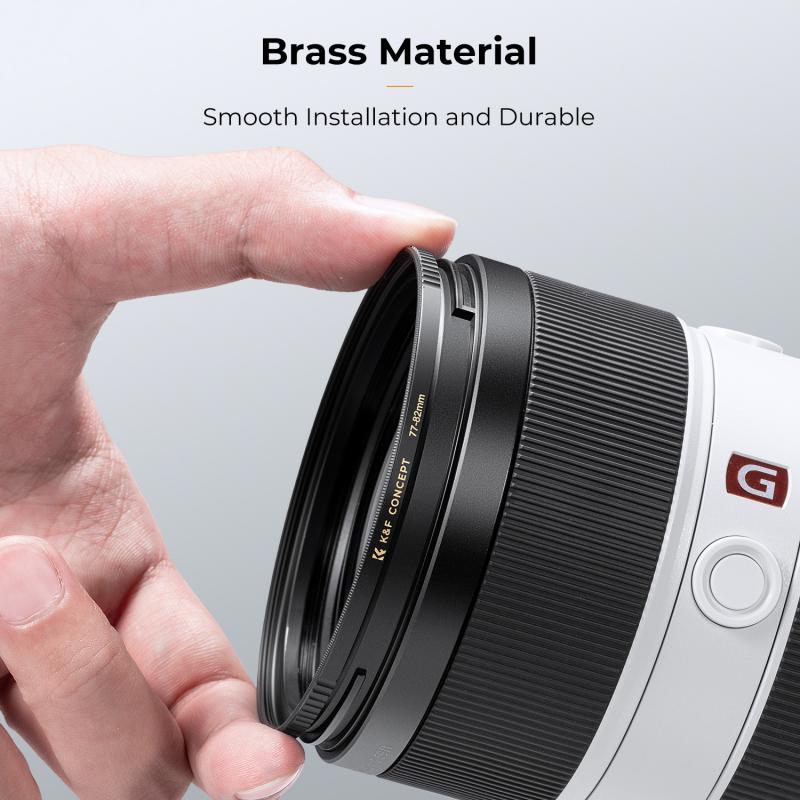
3、 Neutral density filters
Which camera filter to use? Neutral density filters are a great option for photographers looking to control the amount of light entering their camera lens. These filters are particularly useful in bright outdoor settings where the amount of light can be overwhelming and cause overexposure. Neutral density filters work by reducing the amount of light that enters the lens without affecting the color or contrast of the image.
There are different types of neutral density filters available, ranging from those that reduce light by one stop to those that reduce light by ten stops or more. The choice of filter will depend on the specific shooting conditions and the desired effect. For example, a one-stop filter may be sufficient for reducing the brightness of a sunny day, while a ten-stop filter may be necessary for creating long exposure shots of waterfalls or other moving subjects.
In recent years, neutral density filters have become increasingly popular among landscape photographers and videographers. They allow for creative effects such as blurring motion, creating silky smooth waterfalls, and capturing long exposures of the night sky. Additionally, neutral density filters can be used to achieve a shallow depth of field in bright conditions, allowing for a more cinematic look in video footage.
Overall, neutral density filters are a versatile tool for photographers and videographers looking to control the amount of light entering their camera lens. With a range of options available, it's important to choose the right filter for the specific shooting conditions and desired effect.
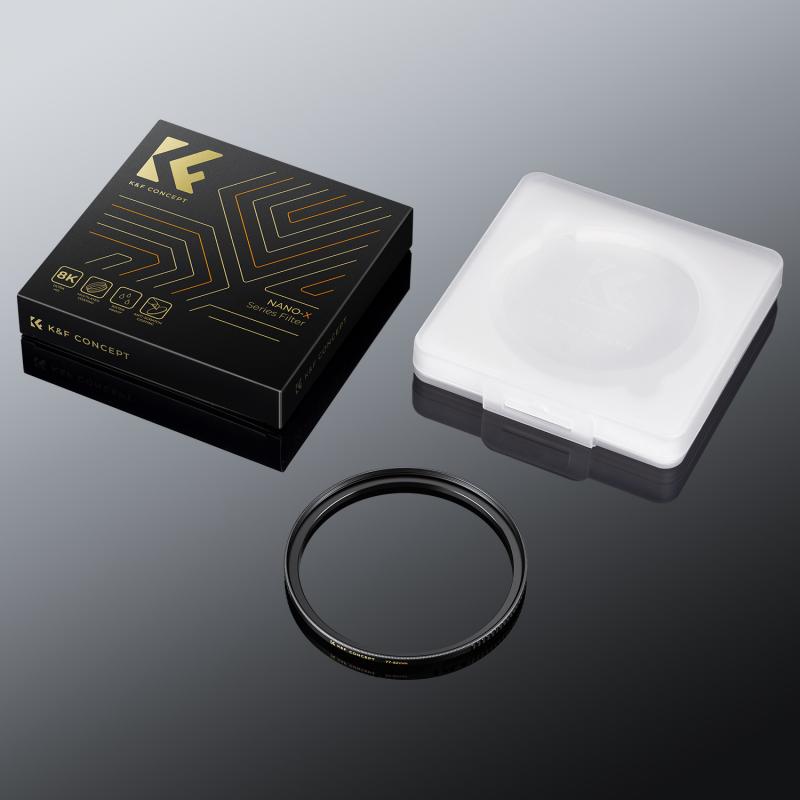
4、 Color filters
Which camera filter to use depends on the effect you want to achieve in your photos. One popular type of filter is the color filter, which can enhance or alter the colors in your images. Color filters work by blocking certain wavelengths of light, allowing only certain colors to pass through and reach the camera sensor.
For example, a red filter can make reds appear more vibrant and blues appear darker, while a blue filter can make blues appear brighter and yellows appear cooler. Green filters can enhance foliage and make skin tones appear more natural, while yellow filters can add warmth to images and reduce haze.
However, with the advancements in digital photography and post-processing software, the use of physical color filters has become less common. Many photographers now prefer to adjust the colors in their images during post-processing, using tools like the HSL (Hue, Saturation, and Luminance) sliders in Lightroom or Photoshop.
That being said, there are still situations where using a color filter can be beneficial, such as when shooting black and white film or when shooting in challenging lighting conditions. Ultimately, the decision to use a color filter or not depends on the photographer's personal preference and the desired outcome for the image.
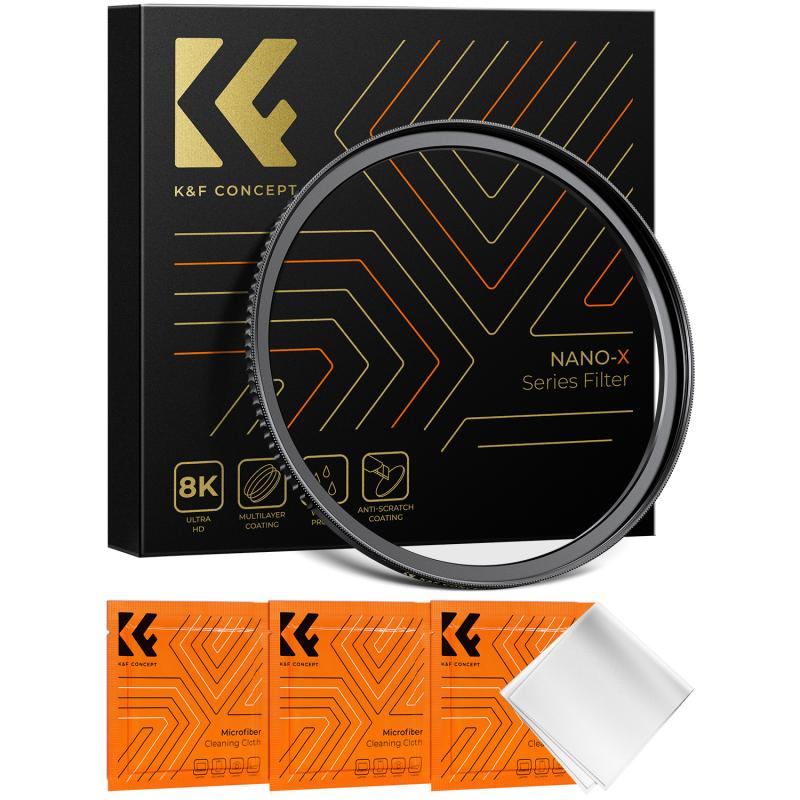




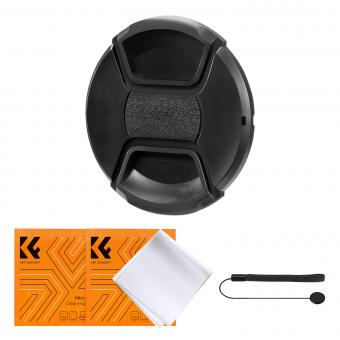
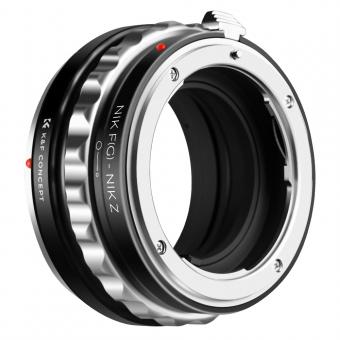









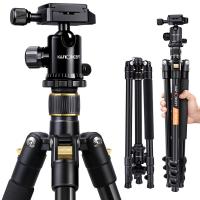

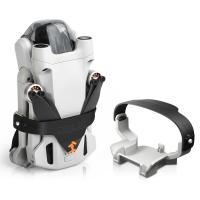

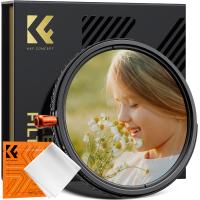
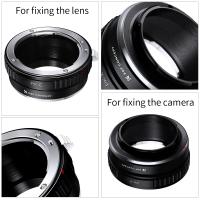
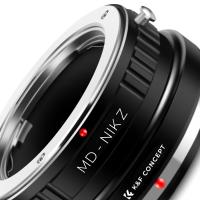



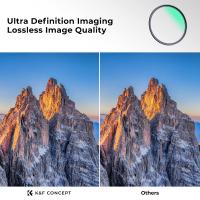
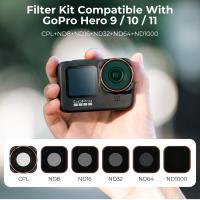
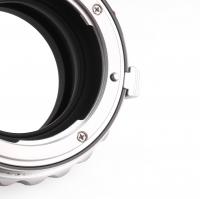
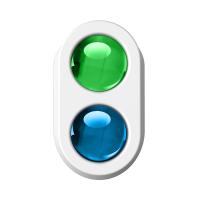
There are no comments for this blog.